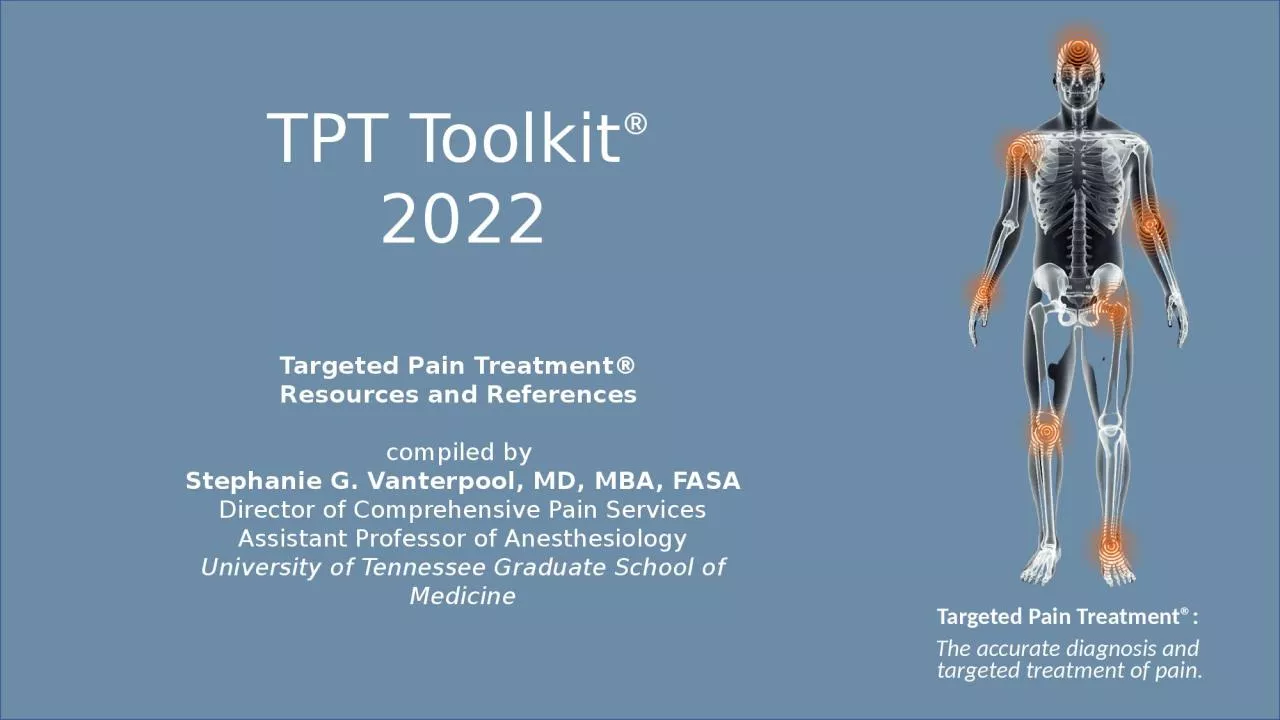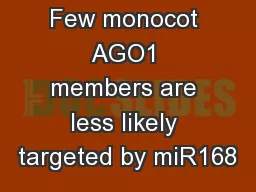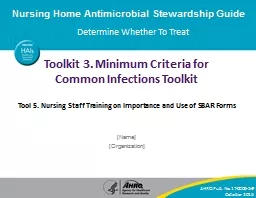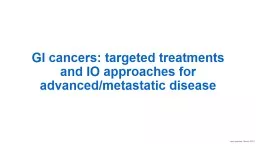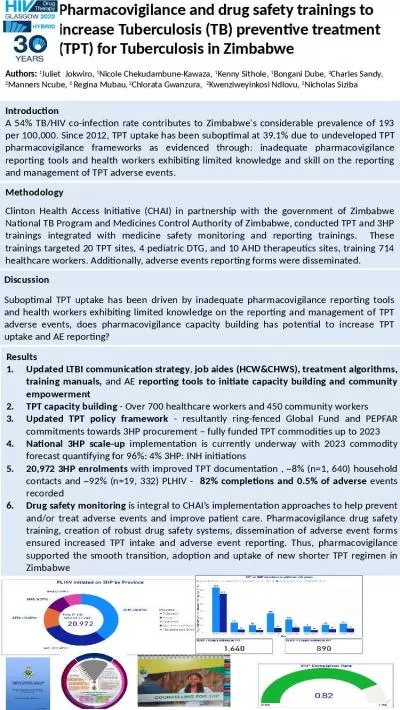PPT-TPT Toolkit ® 2022 Targeted Pain Treatment®
Author : SparkleQueen | Published Date : 2022-08-01
Resources and References compiled by Stephanie G Vanterpool MD MBA FASA Director of Comprehensive Pain Services Assistant Professor of Anesthesiology University
Presentation Embed Code
Download Presentation
Download Presentation The PPT/PDF document "TPT Toolkit ® 2022 Targeted Pain Treatm..." is the property of its rightful owner. Permission is granted to download and print the materials on this website for personal, non-commercial use only, and to display it on your personal computer provided you do not modify the materials and that you retain all copyright notices contained in the materials. By downloading content from our website, you accept the terms of this agreement.
TPT Toolkit ® 2022 Targeted Pain Treatment®: Transcript
Download Rules Of Document
"TPT Toolkit ® 2022 Targeted Pain Treatment®"The content belongs to its owner. You may download and print it for personal use, without modification, and keep all copyright notices. By downloading, you agree to these terms.
Related Documents

